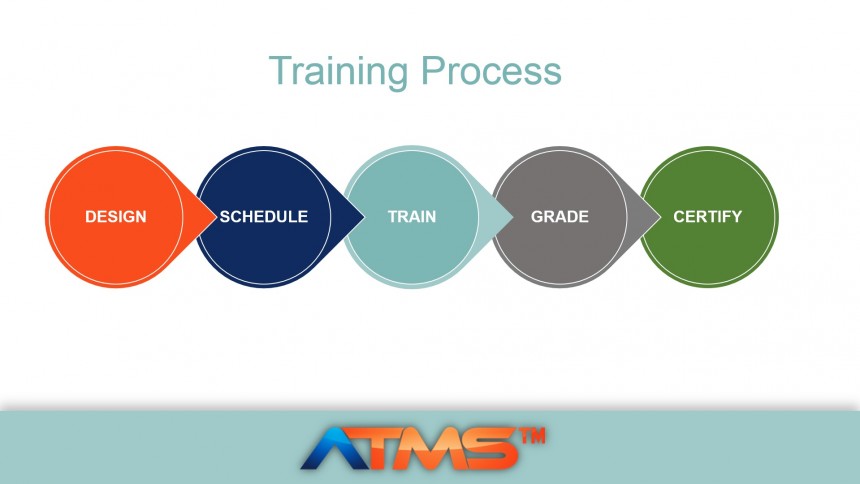What is the Training Process?
What is the training process? What are the major steps that are critical to completing the full training management lifecycle? Knowing that training is a process is the first lesson. In the generic sense, “a process is a collection of interrelated work tasks initiated in response to an event that achieves a specific result for the customer of the process (Syracuse University IT).” Like every process there is an order to steps that must take place to achieve a desired outcome. The training process is no exception.
Although, there many substeps may be created that support each major step in the training process, such as testing, here are the major steps that must be completed when managing the entire training process within an organization:
Regulatory compliance-based training processes can become quite complex for organizations to manage. The environments that carry out the more complex training event, tasks, maneuvers, events and learning objectives require more robust training systems that can help complete the training process more effectively, especially as trainee counts and complexity levels increase.
AQT Solutions has a combined 85 years of supporting training organizations within heavily regulated environments, including many U.S. and international military and civil aviation training programs around the globe. The effectively and efficiently manage training process in these complex industries and environments, organizations needs tools and systems that can provide the ability to develop training curriculum, schedule trainees for elearning, classroom or simulation training, test, grade, evaluate, record results and provide certifications. The training process will produce sufficient levels of quality, safety, accuracy, cost-effectiveness and timeliness if the system contains the appropriate modules in which to handle each process step.
Training software or systems enable administrators, instructors and students the ability to process training steps at an accelerated rate and quality level. Understanding the training process and delivering effective training programs is an ongoing challenge that can be more easily met with training systems that perform each training step in a cohesive, integrated way.














